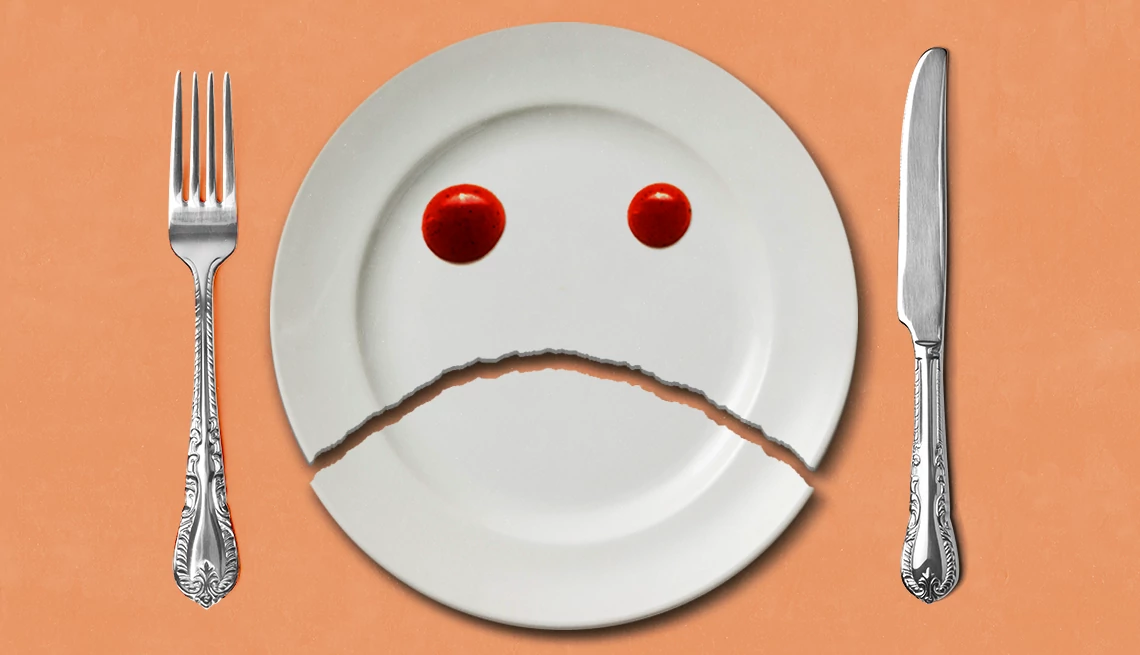AARP Hearing Center


Recent trends in the hospitality sector have been anything but hospitable. In fact, they have left me wondering how much more pleasure will be chiseled away from the dining-out experience before I just stop going out to eat altogether. And I love going out to eat.
By anyone’s measure, running a restaurant is a hard business and success can be fleeting. It’s an industry plagued by high staff turnover, hit hard by rising food prices and supply chain disruptions and was sent reeling by the COVID-19 lockdowns.
That said, there should be some acknowledgment that the industry’s efforts to thrive are coming largely at the expense of its customers. Some of whom — like me — are beginning to protest with our wallets.
Here are some of the things I object to most:
Being charged a “service fee”
A service fee – sometimes called a charge to cover employees’ benefits – can be as much as 20 percent of your total check, exclusive of the tip, according to Restaurant365.
In most places it is a perfectly legal way to jack up costs as long as the restaurant tells you about it upfront. And by upfront, I mean either it's printed on the menu or your server tells you before you order. At that point, you may not be happy about this fee but have few options except to pay it or get up and leave, spoiling your evening.


Subscribe Here!
You can sign up here to AARP Experience Counts, a free email newsletter published twice a month.
Every employee is entitled to a decent living and basic benefits. But restaurants want to shift the financial responsibility for their employees to customers.
Plus, there is this eyebrow-raising tidbit: While gratuities — tips — are distributed directly to the staff, anything called a service fee goes into the restaurant's coffers. Is anyone else having an “aha” moment?
Making a reservation has gotten harder
It is extremely poor form to reserve a restaurant table and then not show up to use it. But yes, it happens. In response, some restaurants now ask for a credit card when you make a reservation and will charge you a fee if you don’t show up.
It might help the restaurant, but with credit card fraud and identity theft raging I hesitate every time I’m asked to enter my card information online and really don’t like reciting it on the phone to a stranger, even if they work at a very nice restaurant.
No groups, please
Have you tried to book a table for a group lately? Good luck. Restaurants are shying away from seating more than six people in a party for one reason. They want to be able to turn over your table and serve as many meals as possible. Big groups never arrive all at once and they tend to have a few strays who still want to hang out well after the plates have been cleared.































































More From AARP
Secrets From a Hotel Concierge
Make the most of your stay with these smart tips from an industry veteran
6 Versions of the All-American Classic Burger
One of the country's greatest culinary inventions can be changed up to suit every taste6 Best Big City Neon Signs in America
These striking, colorful novelties became part of our national landscapeRecommended for You